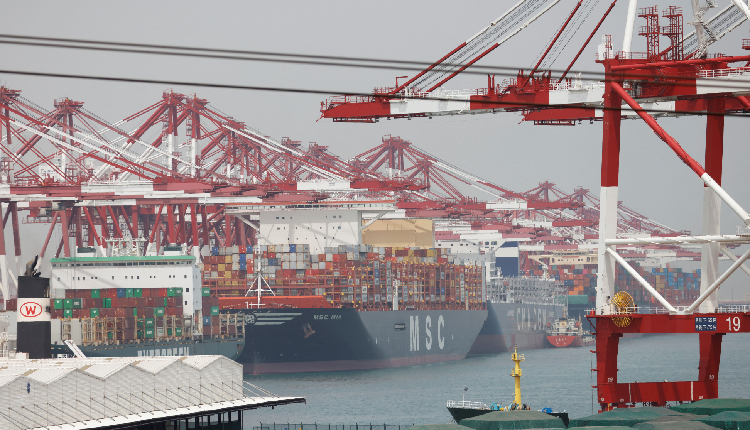China’s imports of key commodities in May were mixed, with some sectors weak and others showing signs of strength, according to Reuters on Monday. This raises concerns about the health of the world’s second-largest economy.
China saw its imports dipping in the first five months of 2024. According to official customs data released on June 7th, arrivals of crude oil averaged 11.0 million barrels per day (bpd) during this period, down 1.2 per cent year-on-year from 11.13 million bpd.
Although May’s figure of 11.06 million bpd marked a slight increase from April, it remained significantly lower than the 12.11 million bpd imported in May 2023.
Weak refining margins and a 7.7 per cent decline in fuel exports during the first five months are attributed to the lower crude demand. This trend directly contradicts the expectations of the Organisation of the Petroleum Exporting Countries (OPEC).
In their May outlook, OPEC projected China’s crude demand to grow by a substantial 710,000 bpd for the entire year, contributing the most to global demand growth of 2.25 million bpd.
While OPEC anticipates a stronger second half for China, the current import shortfall suggests an exceptional second-half performance will be needed to meet their forecast.
China, the dominant player in global seaborne iron ore trade, imported 102.03 million metric tons in May, exceeding 100 million tons for the third consecutive month. However, this seemingly strong performance masks a different reality.
The additional iron ore is not fuelling increased steel production; instead, it’s primarily being stockpiled. SteelHome data reveals port stockpiles reached a 26-month high of 147.3 million tons in the week to June 7th.
China’s copper imports also displayed a mixed picture. Unwrought copper metal imports rose to 514,000 tons in May, up from 438,000 tons in April. The first five months of 2024 saw an 8.8 per cent year-on-year increase in copper imports, reaching a total of 2.327 million tons.
Similar to iron ore, however, inventory accumulation is the primary driver of this growth. Stockpiles monitored by the Shanghai Futures Exchange reached a four-year high of 336,694 tons last week, compared to just 33,000 tons at the beginning of the year. Increased arrivals from Russia, facing tighter Western sanctions due to the Ukraine war, are contributing to these higher import figures.
The lone bright spot in China’s commodity imports is coal. May saw imports of all grades reach 43.81 million tons, exceeding April’s figure but lower than May 2023’s 39.58 million tons. However, year-on-date coal imports for 2024 stand at 204.97 million tons, a 12.6 per cent increase compared to the same period in 2023.
This increase is primarily driven by weak domestic production. Safety checks in major coal-producing regions resulted in a 3.5 per cent decline in output during the first four months of 2024.
The uncertain outlook for coal production in the coming months suggests import levels may remain robust, although much will depend on China’s hydropower and renewable generation, both expected to rise throughout the rest of the year.



